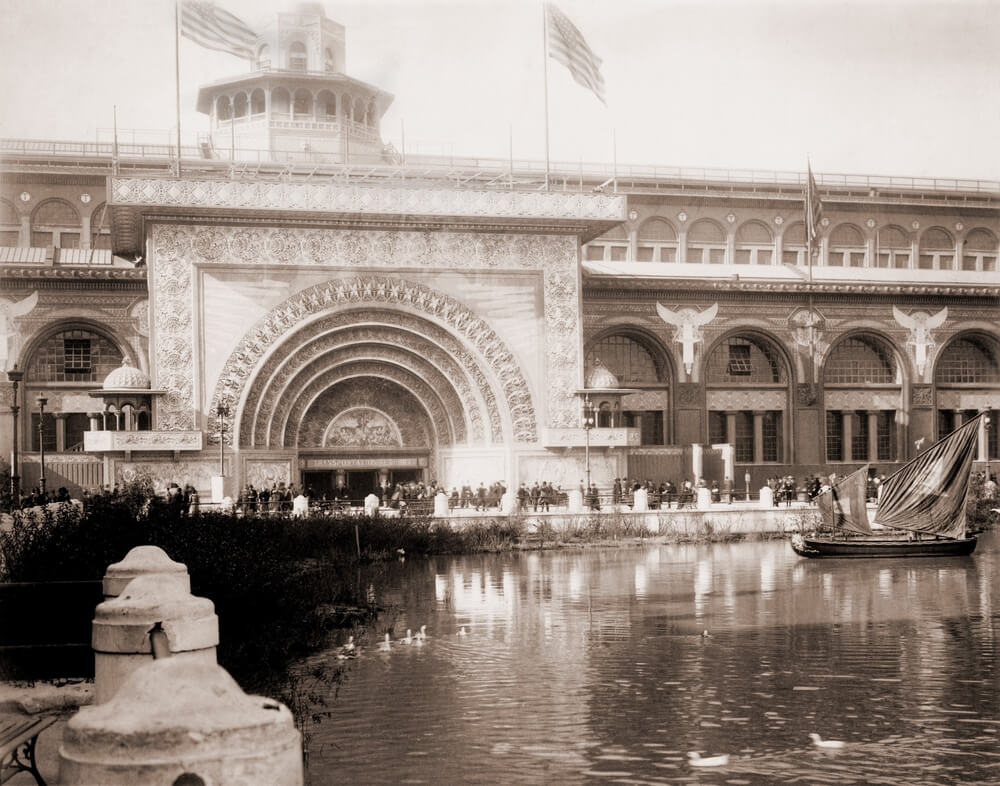Louis Sullivan, the full name Louis Henry Sullivan, was an American architect regarded as the spiritual father of modern American architecture and associated with the aesthetics of early skyscraper design.
He was born September 3, 1856, in Boston, Massachusetts, and died in Chicago, Illinois, on April 14, 1924. The Auditorium Building in Chicago (1887–89); the Guaranty Building in Buffalo, New York (1894–95; now Prudential Building); and the Wainwright Building in St. Louis, Missouri (1890–91) are among his more than 100 works in partnership with Dankmar Adler (1879–95).
For six years, Frank Lloyd Wright worked as an apprentice for Sullivan at the firm. Sullivan designed the Schlesinger & Mayer department store (1898–1904; now the Sullivan Center) in Chicago while working independently from 1895. Shortly before his death, his autobiography was released.
Sullivan was a proponent of architectural reform, a critic of historical eclecticism, and a major figure in recasting the architect’s image as a creative personality. His own creations are notable for their ornateness. His value may be found in both his writings and his architectural accomplishments. Rather than specific ideologies or programs, these pieces, which are subjective and figurative, offer architectural directions. Mechanical theories of art, according to Sullivan, are dangerous.
Sullivan’s views can be traced back to the writings of two Americans, sculptor Horatio Greenough and philosopher Ralph Waldo Emerson, as well as the English naturalist Charles Darwin, in the mid-nineteenth century. Darwin’s teachings on evolution, particularly on organic growth, influenced European architects and, as a result, Sullivan’s own thought.

